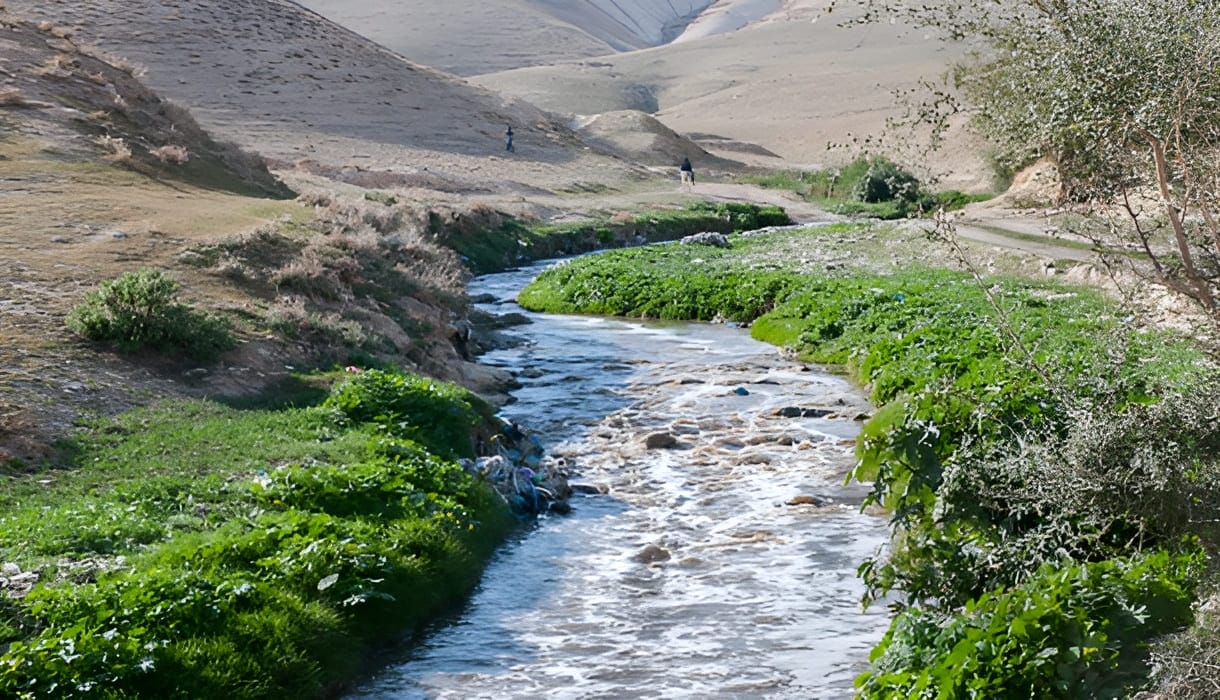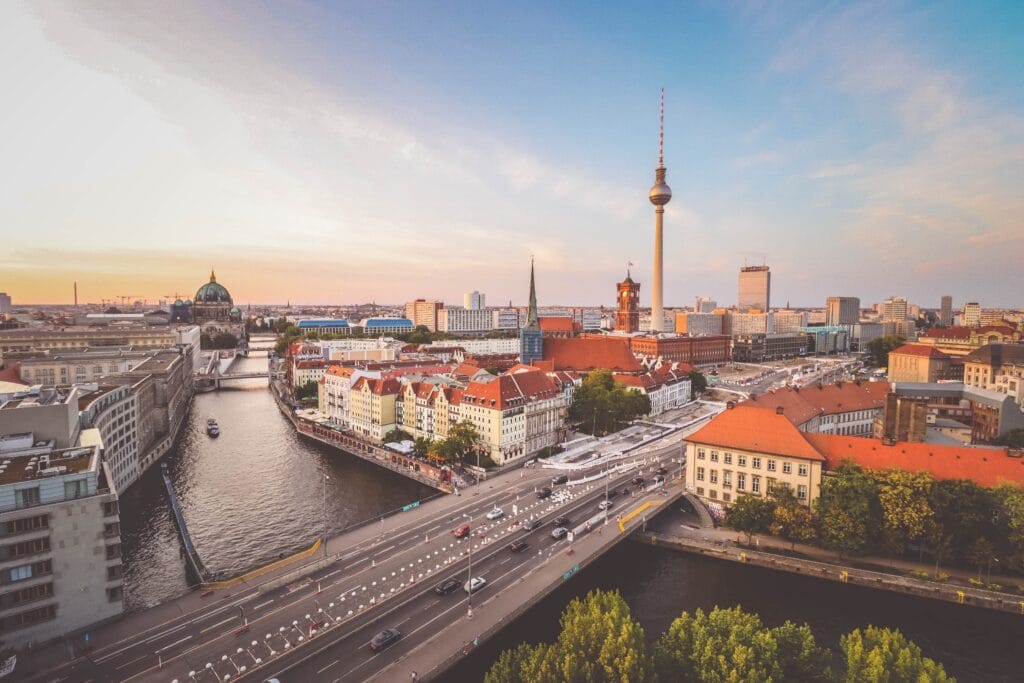It’s the total impunity that strikes you first. The gunmen stride nonchalantly around the village, exchanging small talk and the occasional “Allahu Akbar” while going from house to house killing every man they can find. They have surrounded the village of Seytenga in Burkina Faso near the Niger border. By the time they leave, several hours later, an estimated 100 people are dead. It is Sunday 12th June 2022.
A few days later, sitting in a hotel in Ouagadougou, Youssouf, a kind-eyed Burkinabe peacebuilder, shows me the footage filmed by the jihadists themselves. (Evidently, these days, the impulse to live-stream an atrocity occurs even in the most remote of places). Youssouf whistles through his teeth. “Can you believe they are just 45 kilometres from a major military camp in Dori?… And the army did nothing!”. Within days an estimated 14,000 people have fled the area.
Forgotten by most international headlines, the situation across the Liptako Gourma region of West Africa, which comprises the three-way borders of Mali, Burkina Faso and Niger, has been in a slow-motion slide towards anarchy for the past seven years.

Since 2015 the conflict has claimed almost 7,000 lives in Burkina Faso alone and displaced more than 2 million across the region. Something like twelve different jihadist groups are operating, sometimes cooperating, sometimes engaged in their own turf wars. Some are aligned with the Islamic State in the Sahel, others pledge allegiance to Al Qaeda.
In part, the roots of these conflicts are internationally driven: fed by jihadist propaganda, inspired by movements such as Boko Haram in Nigeria and prosecuted across porous borders that provide easy staging grounds. But they are also intensely local – drawing off a deep sense of mistrust of the government, long-standing marginalization, and fuelled by often ethnically framed tensions over natural resources such as water and pasture which set up herders and farmers in direct confrontations at various points of the year.
And the violence is spreading. It started in Mali in 2015 and spilled over into Burkina Faso and Niger from 2018. In Burkina Faso, it’s now creeping around the country’s frontiers with Benin, Togo and Côte d’Ivoire. The pattern is depressingly familiar. Jihadists or bandits mount attacks on the representatives of the state, such as Mayors or Counsellors, police and army outposts, which cause them to retreat to the more easily protected regional capitals.
This then closes off large areas of the country from government services, such as they ever were. Most international and local NGOs, unable to guarantee the security of their staff, cease operations too.
Some UN staff told me that they estimate that about 25% of the entire surface area of Burkina Faso is now more or less off-limits to outsiders. So the government and the international community disappear, but the population remains, living in ever more desperate conditions. This deepens distrust in the government on the part of the local population who, quite rightly, feel they’ve been abandoned, reducing the scope of the state to reassert its presence. And so the jaws of the conflict trap grip ever more fiercely.
Villages are increasingly creating their own militias (known as voluntary defence forces) to try and protect themselves from the jihadists. In 2020 the Burkina military effectively deputized these groups as quasi-military entities. But without capacity, training and weapons these then become targets for attack, as was the case with the Seytenga attack.
And the breakdown of law and order is enabling the emergence of long-distance smuggling routes trading in everything from cattle rustling to illegal migrants. The armed groups fall on a spectrum with the ideologically fervent at one end to bandits using an ideological cloak at the other. All have a vested interest in perpetuating this power vacuum.
Meanwhile, the Burkinabe government seems to be incapable of exerting control. In January 2022 the civil government was overthrown by a military junta, on the basis that they hadn’t got a handle on the violence, and yet the situation has deteriorated since then. Next door, Mali has had two coups d’état since August 2020.
Seven years of counter-terrorism efforts have failed to stem the violence. Dozens of peace mediation and peacebuilding efforts are ongoing, but even these find it nearly impossible to operate in a meaningful way in the large areas of the country that are now no-go areas. Clearly, something has to change.
Most people I spoke to agreed that the state needs to find some way to re-establish its presence in the region, to provide the basic health and education services that people need along with a bare minimum of security. But that is not going to stick unless these peace efforts also tackle the underlying root causes of conflict – sprawling corruption, distrust of the security sector and inter-communal tensions over land, water, and pastoral corridors.
We hope to identify some existing peace initiatives that might be open to working with us to include natural resource and environmental issues in their work – either as a way to bring different groups together or to address an underlying cause of conflict. When optimism for the future is a resource in particularly short supply, it feels like a quixotic task, but with few other options, it is one that is worth trying.
_______________________
This is one of a series of blog posts about the conflict in the Liptako Gourma and a project that looks at the environmental root causes of conflict and whether addressing those can open ways for sustainable peace in the region.
Views are my own and don’t reflect any institutional position of TrustWorks Global, the European Institute of Peace or the United Nations University.


